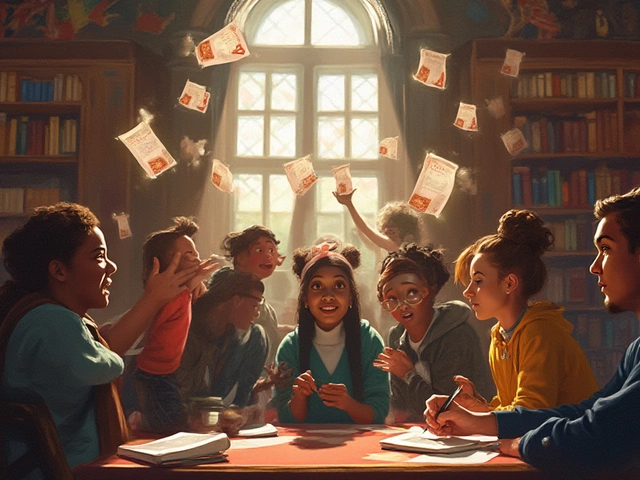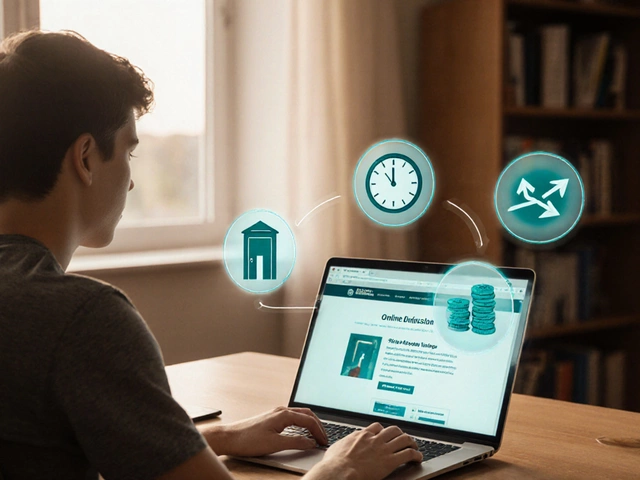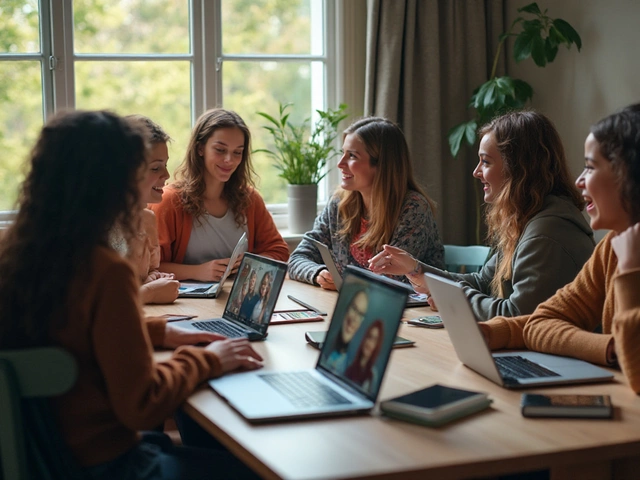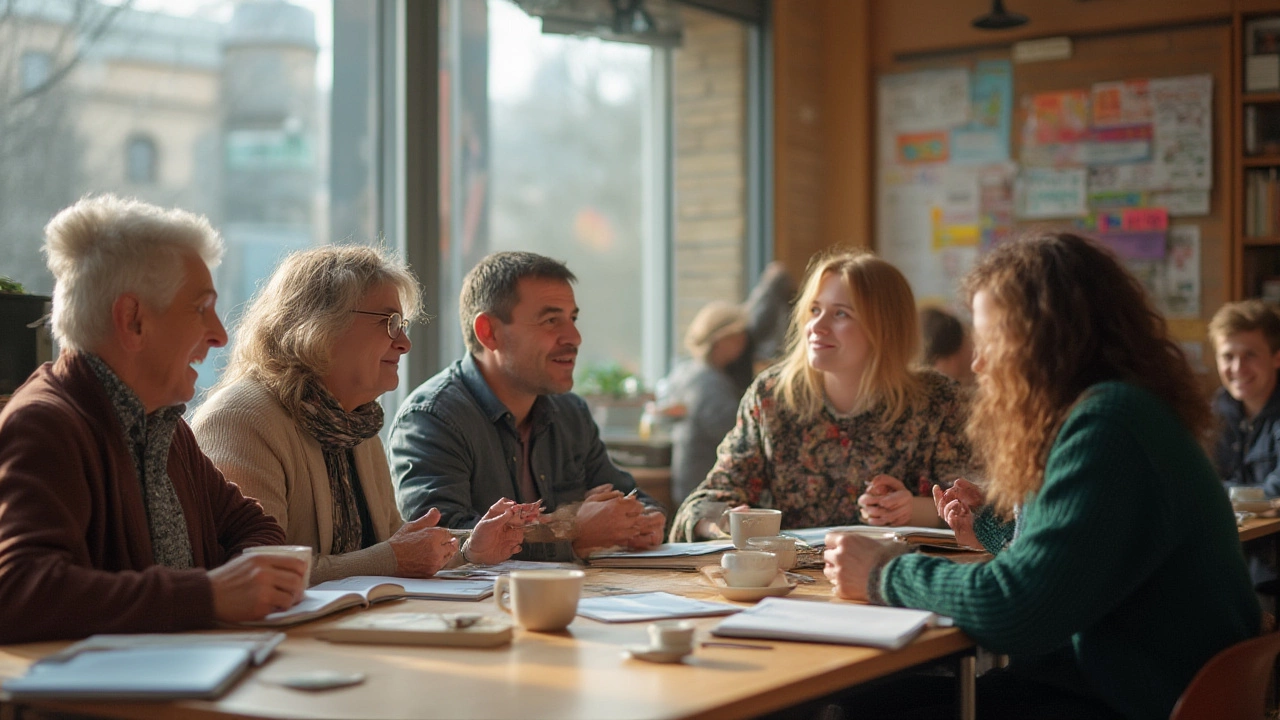Ever wondered why picking up a new skill as an adult can feel so different from your school days? It’s not just nostalgia or the pressure of grown-up life. The brains and motivations of adults work in unique ways when it comes to learning, and the differences are bigger than you might think. Sure, there’s a bit of, “I just don’t remember stuff like I used to,” but there’s also a host of hidden strengths adults bring to the table—along with a pile of hurdles kids rarely face. Neuroscience, psychology, and decades of education research all point to one quirky truth: we don’t become less able to learn as we age, but the *how* and *why* definitely mutate. Why should all this matter? Because knowing how adults learn best isn’t just trivia; it’s the difference between wasted effort and a wildly successful skill upgrade, whether you want to master Italian cooking, get a professional certification, or just keep up with new tech at work.
The Science: How the Adult Brain Tackles Learning
Most folks cling to the old myth that “you can’t teach an old dog new tricks.” Neuroscience says that’s nonsense. Adults absolutely keep shaping their brains through a process called neuroplasticity, only it runs a bit slower and follows different patterns than in kids. Young brains are like Play-Doh—super flexible, quick to soak up languages or memorize facts. Adult brains, while less spongy, are brilliant at spotting patterns and attaching meaning to things. This is huge for complex thinking and problem solving. For example, a 2023 University College London study found that adults learning a new language rely more on logic and context, while kids just imitate sounds and grammar. Our older brains are always looking for connections to what we already know.
Here’s something fascinating: a lot of what people consider “forgetfulness” in their mid-30s or 40s is really a matter of priorities, not brain decay. Adults have more going on—careers, relationships, family drama, bills—so the brain is pickier with what it stores long-term. If something feels disconnected from daily life, it might never make it out of your short-term memory. That’s why practical relevance matters so much in adult learning. Toss a bunch of abstract theory at a forty-year-old, and their brain’s likely to tune out; but show them how it’ll make their workday easier, and you’ll see laser focus.
| Learning Feature | Children | Adults |
|---|---|---|
| Memory Strength | Strong working memory for new facts/skills | Better long-term memory and conceptual associations |
| Motivation | External (grades, praise) | Internal (goals, relevance) |
| Attention Span | Naturally curious, easily distracted | More selective focus, task-driven |
| Learning Speed | Very fast for basics | Slower for basics, faster for integration |
| Experience Use | Minimal life experience to draw on | Rich life experience boosts understanding |
Another wild fact: stress has a much bigger impact on adult learners. Adults exposed to constant interruptions or high-pressure settings can see learning efficiency drop by up to 40% according to a 2018 UNESCO report. Unlike kids, adults can’t always “leave it at the classroom door”—those emails and texts still ping during night classes or online courses.
What about attention spans? Adults tend to have short, sharp bursts of focus rather than long stretches. That’s why micro-learning (think Duolingo streaks or YouTube tutorials) works so well. Adults also need control—being forced to sit quietly through lectures is torture. Instead, discussion, experimentation, or problem-solving stick much better.

Motivation, Mindsets, and Why Adults Don’t Just “Pick Things Up”
Most grownups couldn’t care less about gold stars or top marks. The motivation engine shifts from “please the teacher” to “what’s in it for me?” This is called intrinsic motivation, and it towers over external rewards once you hit adulthood. According to the classic Malcolm Knowles theory from the 1970s (which still pops up in training rooms everywhere), adults only dig in when learning fits one of three things: it solves a current problem, matches a personal goal, or connects to their experiences. Translation: adults don’t learn just to learn; they want a payoff.
Take workplace training, for example. A 2024 McKinsey report found that adult employees who saw immediate relevance in what they were learning (say, new AI tools that actually helped their role) retained skills up to 60% better than those slogging through generic courses. Give someone real-world scenarios, and their brain lights up. It’s why adults ace problem-based or project learning and often fall asleep in lecture halls.
Don’t forget mindsets. Adults carry a suitcase stuffed with opinions, beliefs, and fears—usually shaped by years of schooling, jobs, even failure. This baggage isn’t always bad: it makes adults brilliant at relating things across subjects, but it also means they can be stubborn or anxious about change. Ever notice someone refusing to touch new tech because “I’m terrible with computers”? That’s the fixed mindset at work. The “growth mindset,” by contrast (made famous by Carol Dweck), fuels folks who take on learning as an ongoing game, not a threat.
It’s not just about being motivated, though. Adults crave autonomy. Forced participation or too much structure breeds boredom or pushback. That’s why good adult education programs always offer choices—topics, formats, pace, or methods. Even the ability to skip a section or review on your own time goes a long way for motivation.
Social context also matters more than you’d think. Kids are used to learning alongside 20 peers; adults are often isolated—especially with remote classes or online training. Peer learning, group tasks, and community forums can help break down that wall. In fact, survey data from Coursera’s 2022 learner insights revealed that adults who joined course discussion groups stuck with classes 30% longer compared to those who went solo.
Lastly, let’s talk about confidence. Adults can be haunted by early educational scars. A bad grade in high school math can morph into decades of “I’m just not a numbers person.” The trick? Adult-centric programs use scaffolding—tiny wins and feedback loops—so learners see progress fast (think language apps that celebrate a five-day streak). These moments build belief, spark curiosity, and open adults up to tackling harder challenges.

Practical Tips and Strategies That Work For Grownup Learners
Simply sitting back and hoping the info will stick doesn’t do the trick when you’re over 25. Adults need learning built for their brains, not leftovers from children’s classrooms. Here’s what actually moves the needle, based on research and real-world results:
- Make it matter: Tie new knowledge to something in your daily routine or career. If you’re learning Excel, pick projects from your own job to practise.
- Break it up: Study in 20-40 minute chunks, not marathon sessions. Micro-learning helps info stick and beats mental fatigue.
- Review, don’t cram: Spaced repetition beats binge study—revisit new ideas over days or weeks for better retention.
- Use your life experience: Seek connections between what you’re learning and things you already know. Metaphors and analogies help cement complex ideas.
- Ask questions: Don’t be shy. Adults learn better by challenging assumptions and poking holes in ideas, not just taking notes.
- Teach someone else: Explaining a concept to a friend or coworker exposes gaps in your own understanding and forces you to clarify ideas.
- Stay social: Join forums, group chats, or study teams. Adults are less likely to quit when they feel they’re part of something.
- Self-check often: Instead of waiting for a final test, do quick weekly quizzes, flashcards, or even record yourself explaining concepts aloud.
- Flip the classroom: Watch the theory at home (videos, readings) and use live sessions for discussion, problem-solving, or getting feedback.
- Welcome feedback: Instead of dreading criticism, use it as a fast track for course correction.
- Control your environment: Carve out a stable space and block time for learning. Reducing distractions means you can tackle harder stuff in less time.
Looking for some stats to back it up? A 2021 Pew Research survey showed that 73% of adults who self-directed their learning (choosing materials, timing, and even assessment method) reported strong satisfaction and knowledge retention, compared to just 39% who stuck to traditional classroom-style courses. The autonomy to guide the process made all the difference.
Don’t write off tech, either. Interactive platforms, podcasts, voice notes, and VR simulations are all tailored to adult learning needs. Using voice assistants (“Hey Google, quiz me on Spanish vocab”) or smart apps keeps learning flexible—even on a commuter train. According to the EdTech Review, adults who peppered their week with three or more different learning formats (video, articles, discussion, hands-on exercises) saw skill retention improvements of up to 45%.
The key, really, isn’t just to “learn like an adult,” but to own it. Hunt down relevance. Make connections. Take breaks, ask questions, and celebrate tiny victories. Flip that old-school script, and learning becomes less of a chore and more of a superpower for your next chapter.






